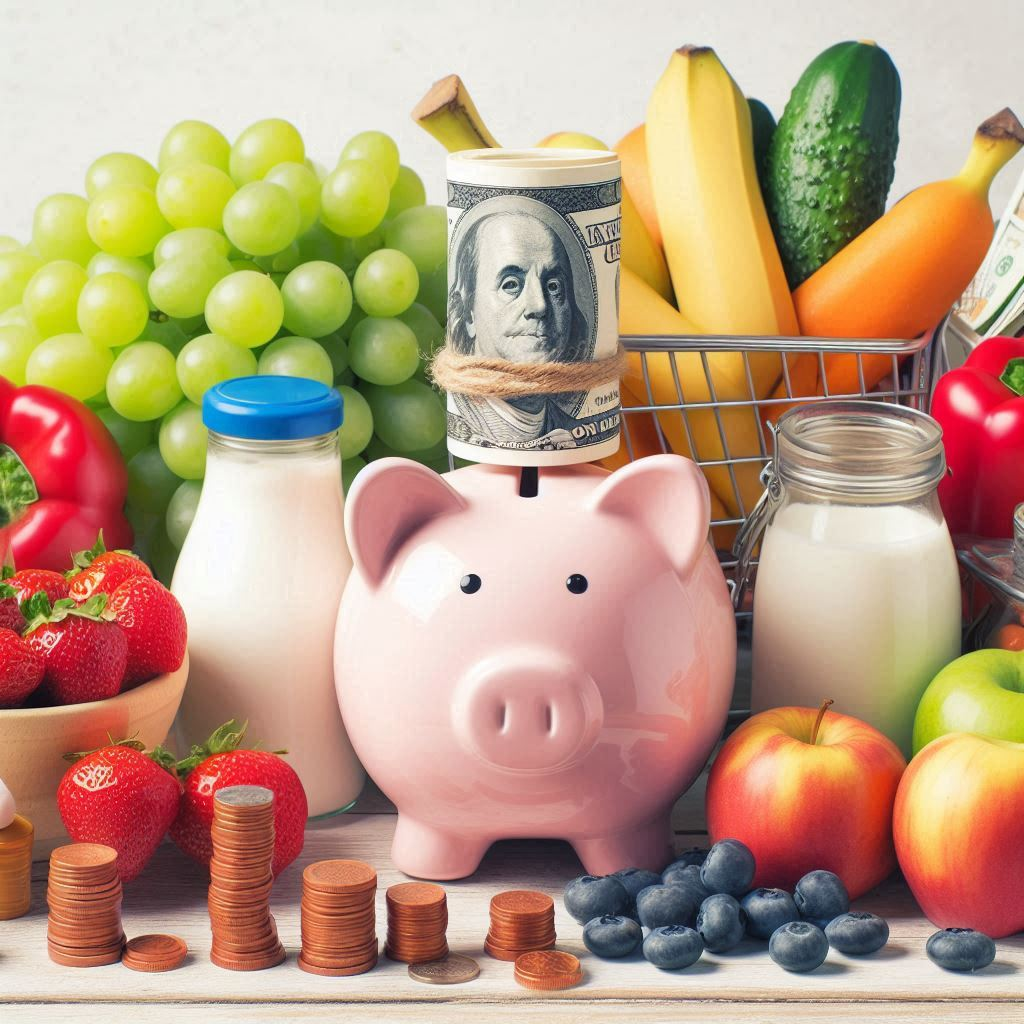How to Save Money on Groceries: Practical Tips for Budget-Friendly Shopping
Grocery shopping is a necessity, but it doesn’t have to break the bank. With rising food prices, finding ways to save money on groceries has become increasingly important. This guide will provide you with practical strategies to help you cut costs while still enjoying nutritious and delicious meals.
Why Saving Money on Groceries Matters
Keywords: importance of saving on groceries, benefits of budgeting for food
Saving money on groceries not only helps you stick to your budget but also allows you to allocate funds for other important expenses. By implementing smart shopping habits, you can:
- Reduce Food Waste: Plan meals to avoid buying items you won’t use.
- Free Up Budget: Save money for savings, investments, or fun activities.
- Maintain Health: Focus on purchasing healthier, fresh foods instead of processed items.
Tools You’ll Need
Keywords: grocery budgeting tools, apps for saving on groceries
Before diving into your grocery shopping, consider using the following tools:
- Budgeting Apps: Use apps like Mint or YNAB (You Need A Budget) to track your spending.
- Grocery List Apps: Utilize apps like AnyList or Out of Milk to keep your shopping organized.
- Coupon Apps: Download apps like Ibotta or Rakuten for cashback and discounts.
Step-by-Step Guide to Saving Money on Groceries
Step 1: Create a Budget
Keywords: grocery budget, setting food spending limits
Determine how much you can afford to spend on groceries each month. Break it down into weekly budgets to help you stay on track. Adjust based on your needs and past spending patterns.
Step 2: Plan Your Meals
Keywords: meal planning tips, benefits of meal prep
Meal planning is one of the most effective ways to save money on groceries:
- Choose Recipes: Select recipes for the week based on what you already have at home and what’s on sale.
- Make a Shopping List: Create a detailed list of items you need, focusing on sticking to it to avoid impulse buys.
Step 3: Use Coupons and Discounts
Keywords: using grocery coupons, finding discounts on food
Take advantage of coupons and discounts to maximize your savings:
- Collect Coupons: Look for digital coupons through store apps, websites, or flyers.
- Check Sales: Plan your meals around weekly sales and discounts at your local grocery stores.
Step 4: Buy in Bulk
Keywords: bulk buying advantages, savings on bulk purchases
Purchasing in bulk can lead to significant savings:
- Non-perishables: Items like rice, pasta, and canned goods often have lower unit prices when bought in larger quantities.
- Share with Friends: Consider co-buying with friends or family to split bulk purchases.
Step 5: Choose Generic or Store Brands
Keywords: benefits of store brand products, generic food options
Store brands often provide the same quality as name-brand products at a fraction of the cost. Make the switch to generic or store-brand items whenever possible.
Step 6: Shop Seasonal and Local Produce
Keywords: seasonal produce savings, benefits of local farmers
Buying fruits and vegetables that are in season typically costs less and tastes better:
- Farmers Markets: Visit local markets for fresh produce at competitive prices.
- Seasonal Charts: Utilize seasonal produce charts to determine what to buy at various times of the year.
Step 7: Avoid Processed Foods
Keywords: disadvantages of processed foods, benefits of whole foods
Processed foods often come with a higher price tag and are less nutritious. Focus on buying whole foods, which are usually more affordable and healthier options.
Step 8: Limit Meat Purchases
Keywords: saving money on meat, affordable protein alternatives
Meat can be one of the most expensive grocery items. Consider:
- Meatless Meals: Incorporate more plant-based meals into your diet, using beans, lentils, and grains as affordable protein sources.
- Buy in Bulk or Sales: If you do buy meat, purchase it in bulk or when it’s on sale and freeze portions for later use.
Step 9: Keep Track of Your Spending
Keywords: tracking grocery expenses, monitoring food budget
Regularly review your grocery spending to identify areas for improvement. Adjust your budget and shopping habits based on your findings.
Step 10: Use Leftovers Wisely
Keywords: utilizing leftovers, recipes for leftover meals
Prevent food waste by creatively using leftovers:
- Plan for Leftovers: Cook larger portions intentionally to have leftovers for lunches or future meals.
- Creative Recipes: Use leftover ingredients in soups, stir-fries, or casseroles.
Conclusion
By implementing these strategies, you can significantly reduce your grocery expenses while still enjoying nutritious and delicious meals. Saving money on groceries requires planning, creativity, and mindfulness, but the benefits to your budget and overall financial health are well worth the effort.
Call to Action
What are your favorite tips for saving money on groceries? Share your thoughts and suggestions in the comments below, and let’s help each other make the most of our food budgets!





Be First to Comment